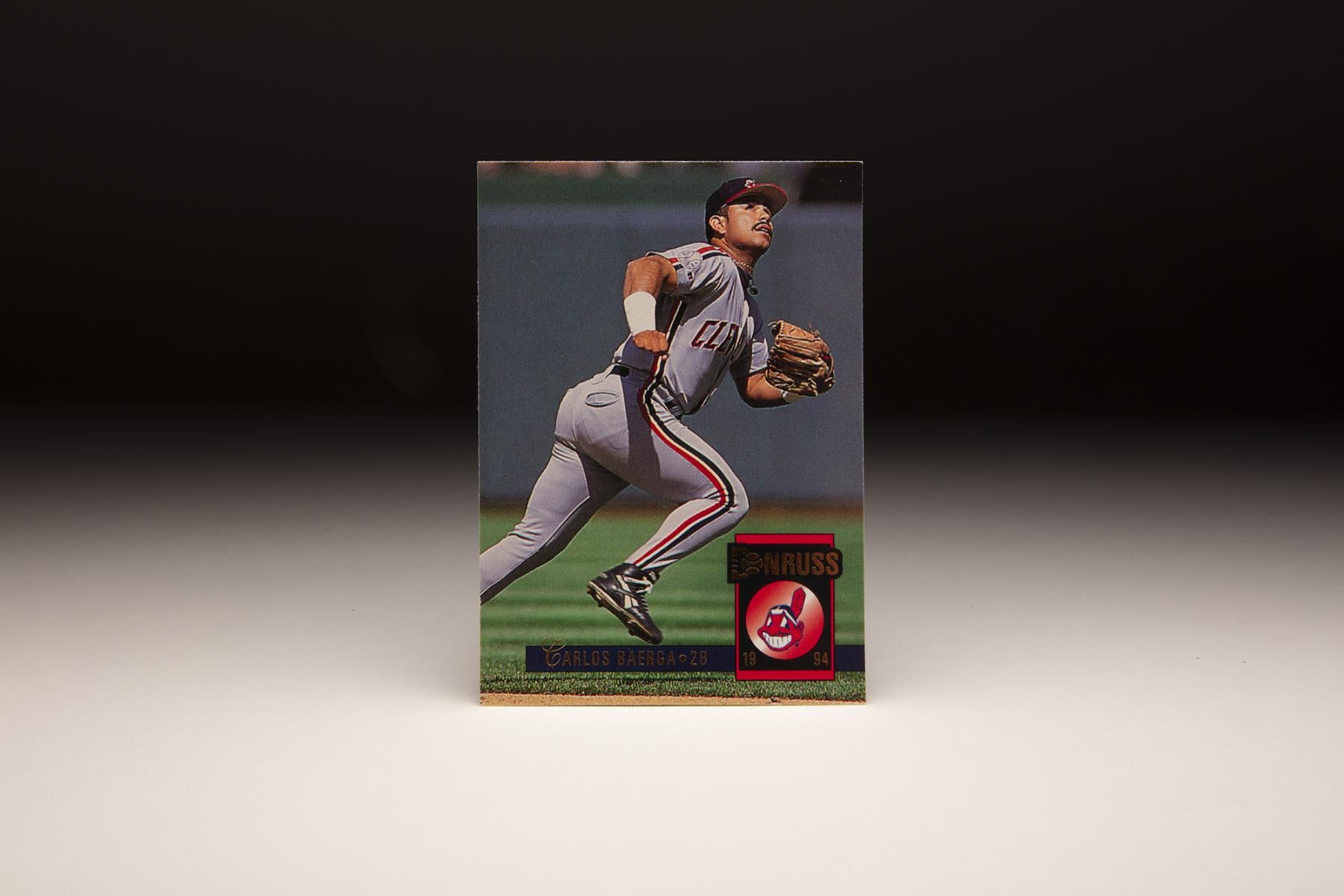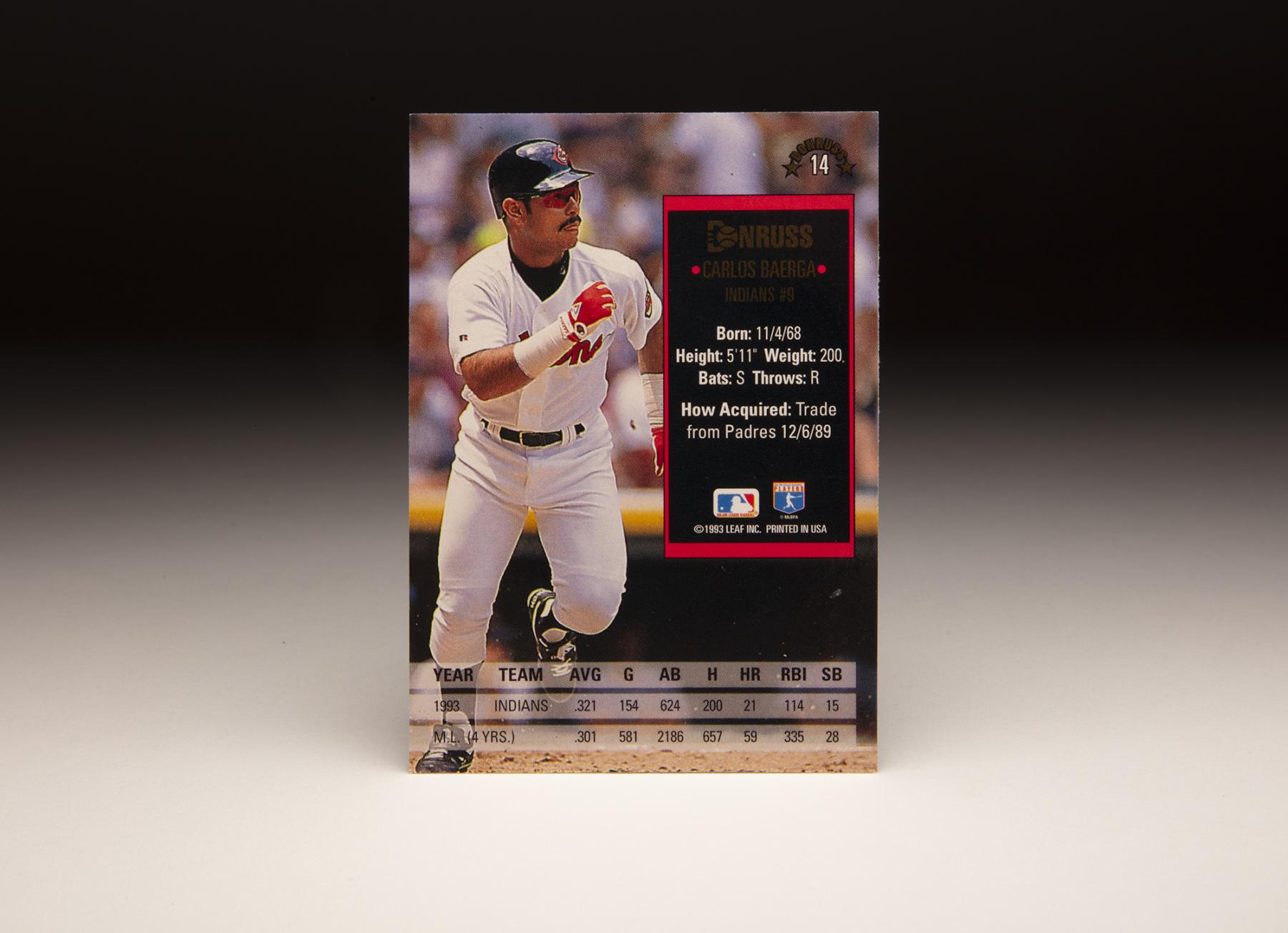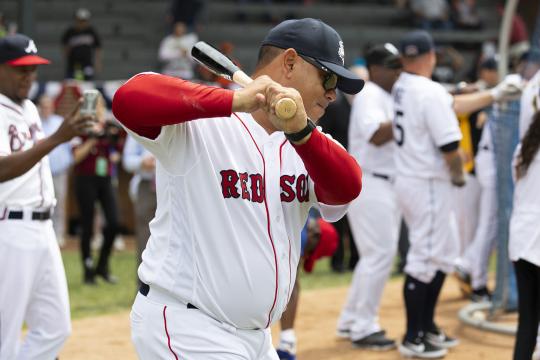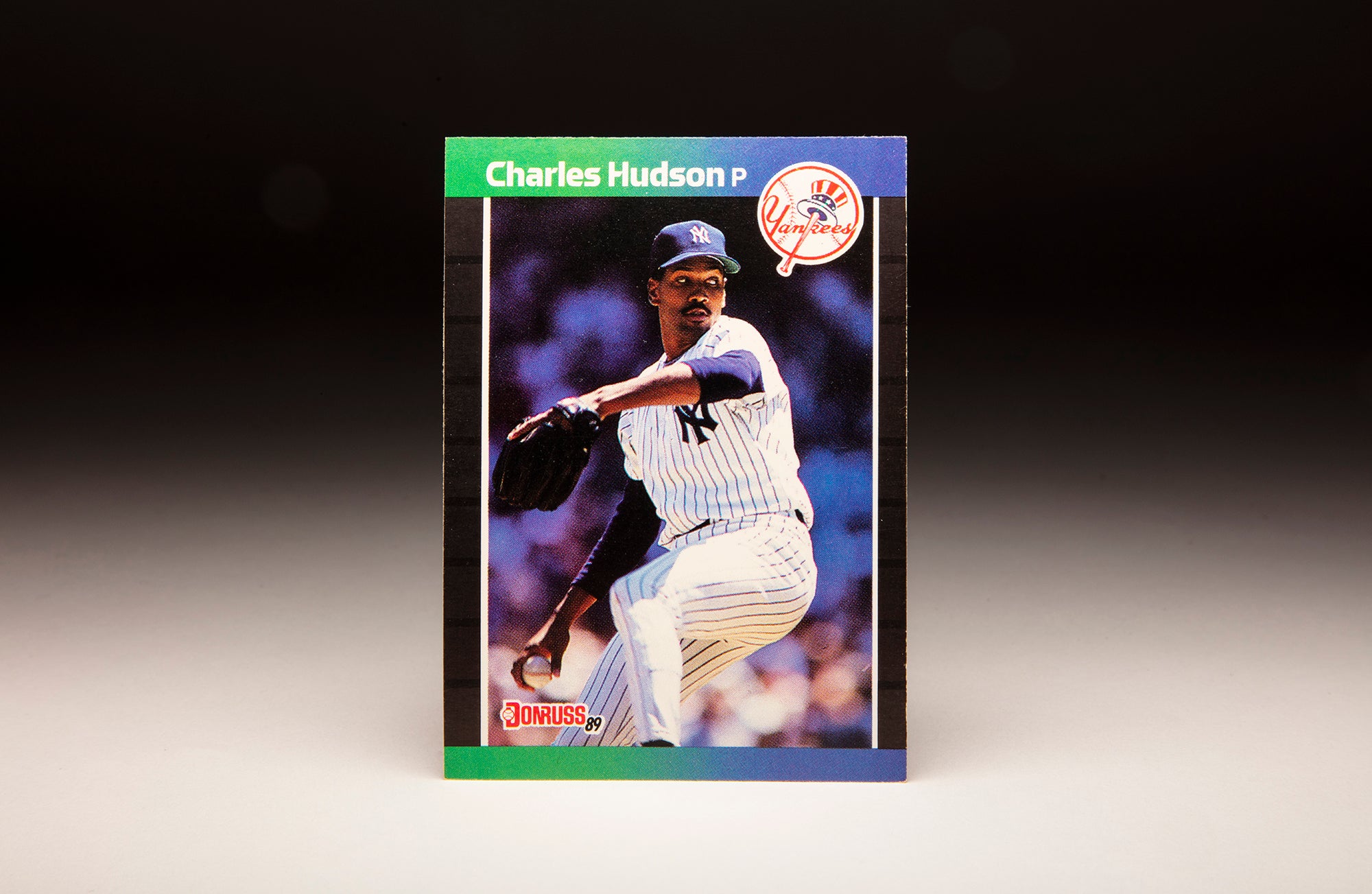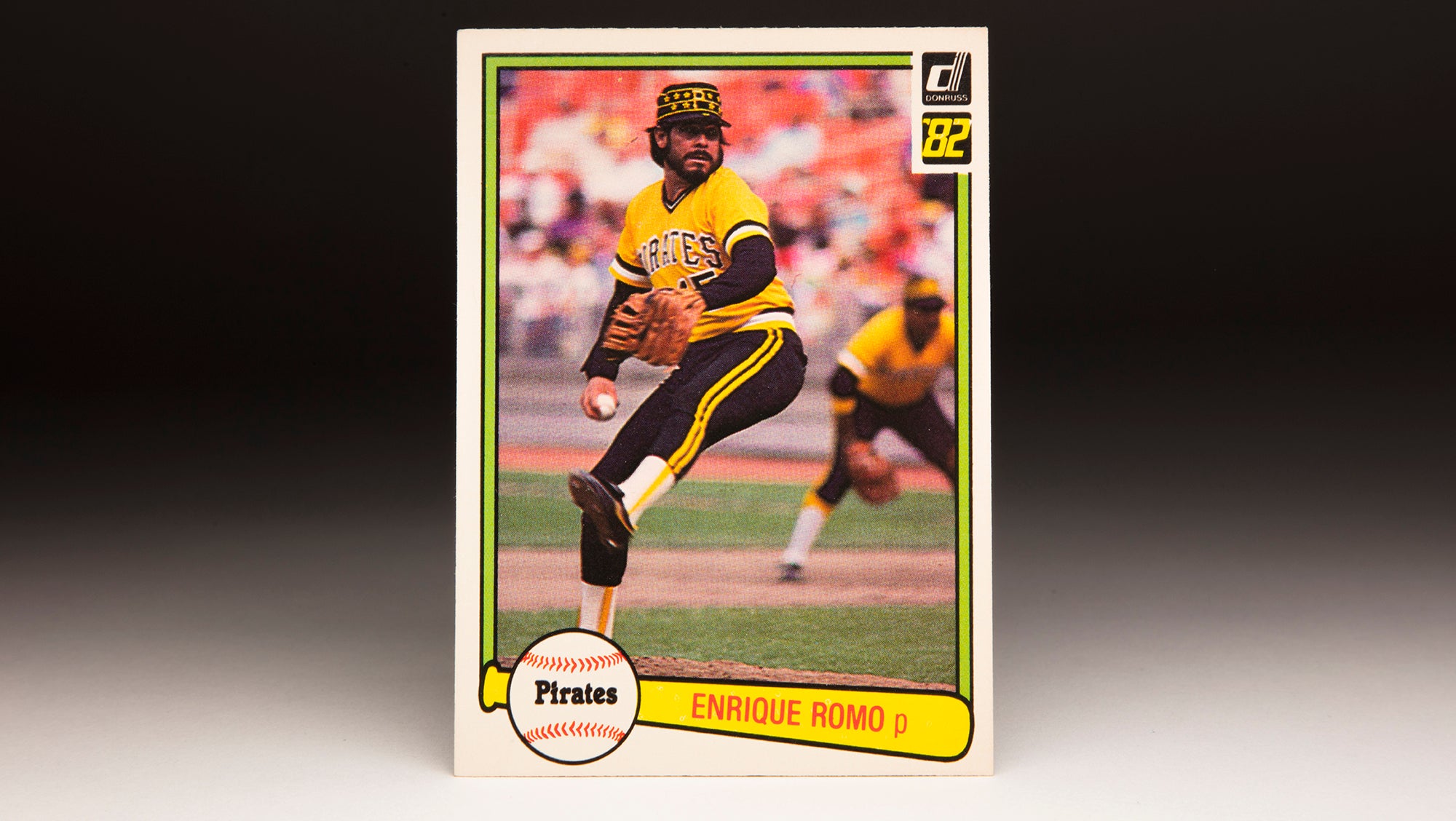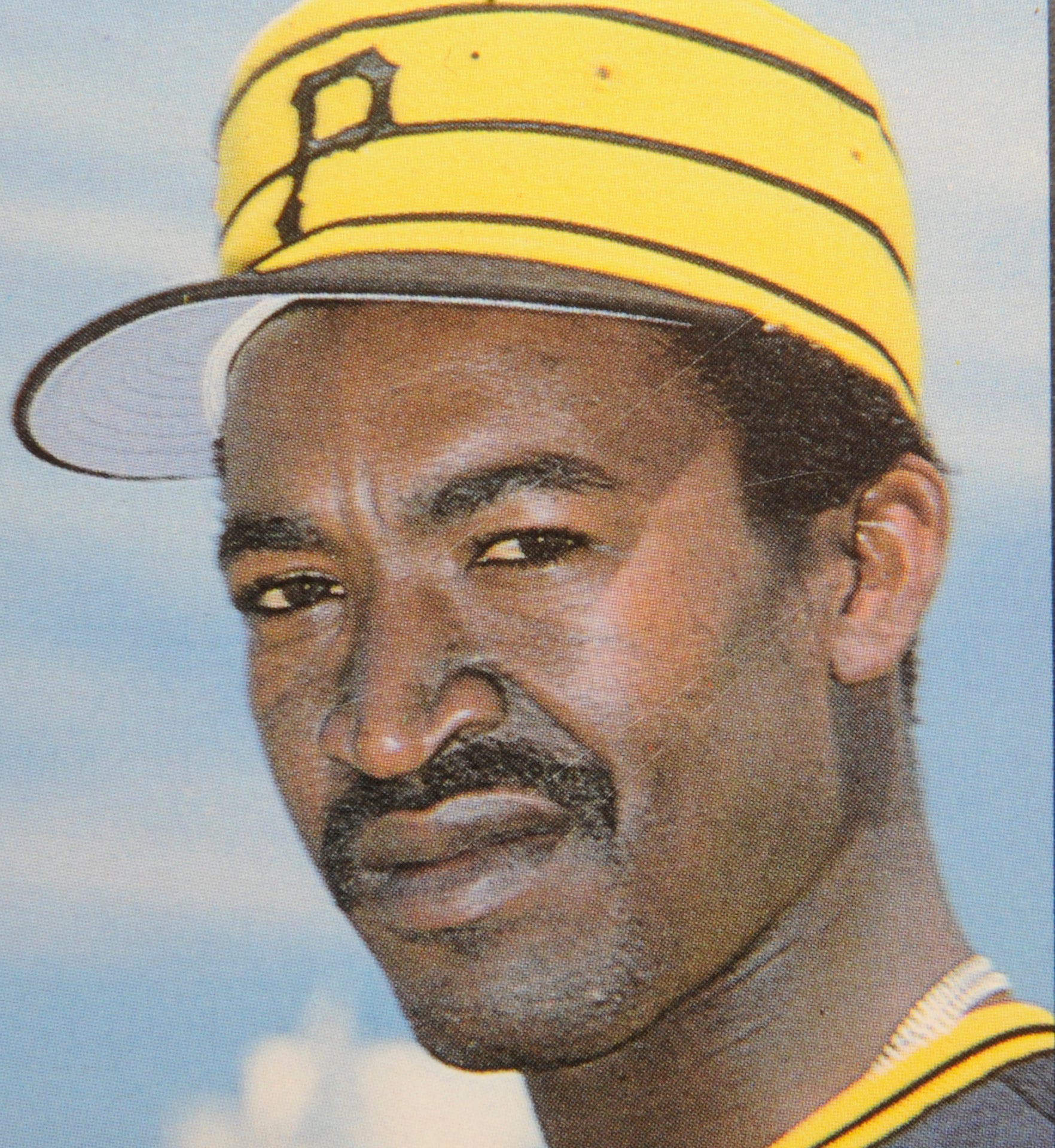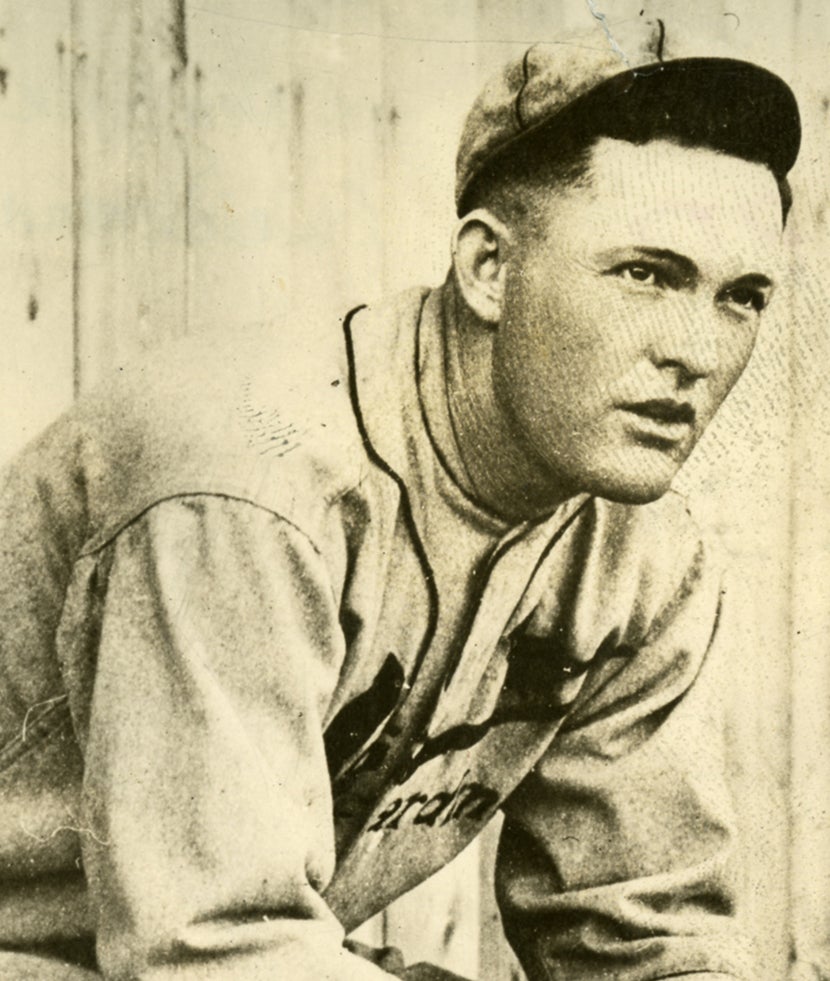- Home
- Our Stories
- #CardCorner: 1994 Donruss Carlos Baerga
#CardCorner: 1994 Donruss Carlos Baerga
By the end of just his fourth season in the big leagues, media members in Cleveland, Ohio, were suggesting the Carlos Baerga might be headed to Cooperstown.
“Carlos loves playing the game and the competition,” Indians manager Mike Hargrove told the Akron Beacon Journal. “You have to look at (him) as having Hall of Fame talent.”
Indians Gear
Represent the all-time greats and know your purchase plays a part in preserving baseball history.
Baerga’s career began to decline when a shocking trade during the 1996 season sent him to the Mets. But for a time, Baerga put together a stat line that few second basemen have ever approached.
Born Nov. 4, 1968, in Santurce, Puerto Rico, Baerga was signed as an amateur free agent by the Padres on his 17th birthday. Four years later, San Diego sent Baerga to the Indians – along with Sandy Alomar Jr. and Chris James – in a trade for Joe Carter.
It marked the start of the rebirth of the Cleveland franchise – and a stretch of incredible years for Baerga. After becoming a regular midway through the 1990 season, the switch-hitting Baerga spent most of 1991 as a third baseman and posted 171 hits, 11 homers and 69 RBI. The next year, Baerga returned to his original position of second base and hit .312 with 205 hits, 20 homers and 105 RBI.
He became the first second baseman since Rogers Hornsby in 1929 to have at least a .300 batting average, 20 home runs, 200 hits and 100 RBI.
“(Baerga) consistently takes the fat part of the bat and puts it on the ball better than almost anyone I’ve seen,” said then-Indians hitting coach Charlie Manuel. “To me, he’s the most natural hitter on the team.”
The Indians made Baerga a centerpiece of their future by signing him to a six-year extension worth $21.4 million on April 6, 1993. That season, Baerga virtually duplicated his 1992 campaign with a .321 average, 21 homers, 200 hits and 115 RBI. That made him the first second baseman since Hornsby in 1921-22 to have two straight seasons of at least 200 hits, 20 home runs, 100 RBI and a .300 average.
No other second basemen have ever had two similar seasons in a row.
“Everything came easy to me in those two years,” Baerga said.
Baerga hit out of the No. 3 spot in the powerful Indians lineup that by 1994 featured future Hall of Famers Eddie Murray and Jim Thome hitting fifth and sixth, respectively, with Manny Ramirez in the No. 7 hole.
Baerga was headed for another season with the .300 average/20 homer/100 RBI/200 hit stat line in 1994 when the strike ended the season. Not even Hornsby ever had three such seasons in a row.
“The thing I like best about Carlos is his unbridled enthusiasm and the fact that he’s not afraid to show it,” said then-Indians general manager John Hart. “If he goes 0-for-4 and we win the game, he’s out there high-fiving everyone, happy as a clam.”
The Indians would win a lot of games in 1995, going 100-44 in a shortened season that saw them clinch the AL Central title on Sept. 8. Baerga hit .314 with 15 homers and 90 RBI in that 144-game season, meaning he was just shy of a 162-game pace – about three home runs – of having four straight Hornsby-esque seasons.
Baerga and the Indians marched into the World Series that year, winning the franchise’s first pennant in 41 seasons. But in the Fall Classic, the Braves’ pitching limited the Indians’ batters to a .179 average and a .575 OPS, claiming the title in six games.
Baerga, who tied for the team lead with four RBI, flew out to deep left-center field to lock up the Braves’ 1-0 win in Game 6 and end the World Series.
Then in 1996, the Indians traded Baerga to the Mets midway through the year – receiving Jeff Kent and Jose Vizcaino in return. The player who had been the face of the rebuilt Indians suddenly was in New York.
“I thought they’d never trade me,” Baerga said.
Baerga’s numbers were off in 1996. He was hitting .267 with 10 homers and 55 RBI in 100 games for the Indians, then hit .193 in 26 games with the Mets.
The Mets had received a 27-year-old three-time All-Star in the deal, but Baerga struggled over the next two-and-a-half years, hitting .273 with 16 homers and 105 RBI in 280 games in 1997-98. The Mets allowed him to become a free agent following the 1998 season.
Baerga struggled with the Padres and in another stint with the Indians in 1999, then “retired” from the game in 2000 due to injuries. But after a stint with the independent Long Island Ducks and the Korean Baseball Organization’s Samsung Lions in 2001, Baerga returned to the majors with the Red Sox in 2002 – hitting .286 with 52 hits in 73 games.
In 2003 he was even better, hitting .343 in 105 games as a utility player for the Diamondbacks. He spent 2004 with Arizona as well before finishing up with the Nationals in 2005.
His final totals: 1,583 hits, 279 doubles, 134 home runs and a .291 batting average in 14 big league seasons. He is one of only 10 second basemen ever with at least a .290 batting average 1,500 hits, 130 home runs and 700 RBI.
“I just want to keep getting better every year,” Baerga told the Akron Beacon Journal early in his career. “Keep improving.”
For a player who set standards that still have yet to be surpassed, it was a pretty impressive goal.
Craig Muder is the director of communications for the National Baseball Hall of Fame and Museum

